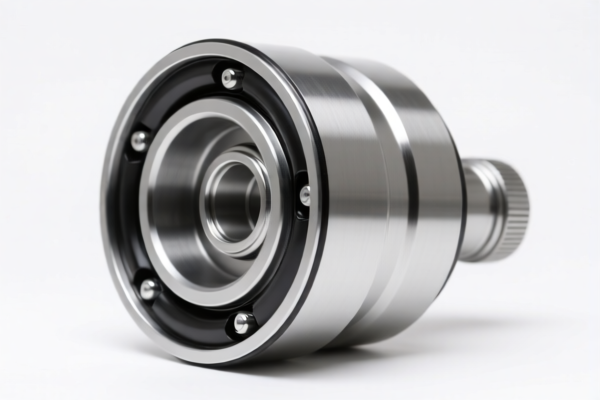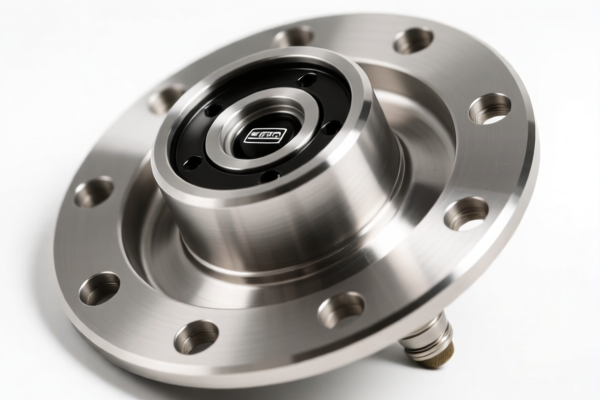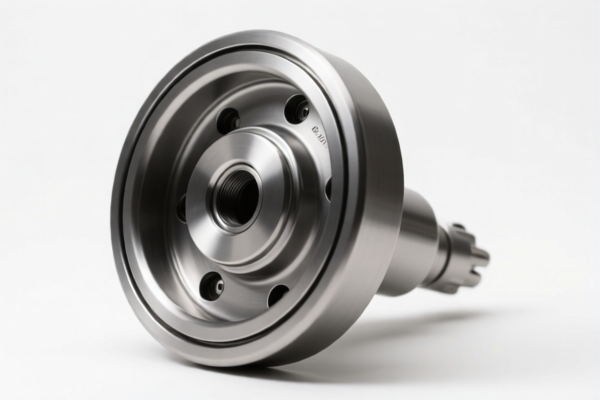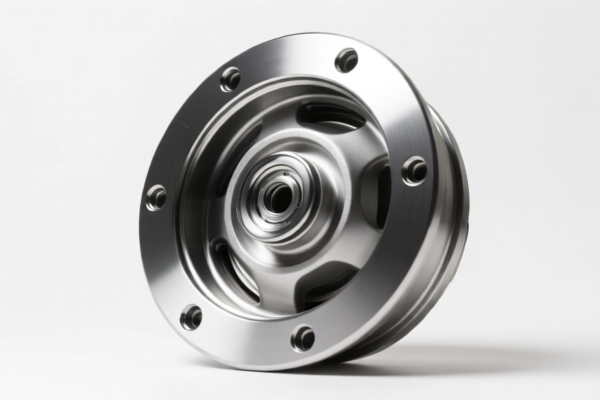| HS Code | Official Doc | Tariff Rate | Origin | Destination | Effective Date |
|---|---|---|---|---|---|
| 8483604040 | Doc | 57.8% | CN | US | 2025-05-12 |
| 8483908040 | Doc | 57.8% | CN | US | 2025-05-12 |
| 8206000000 | Doc | The rate of duty applicable to that article in the set subject t+30.0% | CN | US | 2025-05-12 |
| 8207904500 | Doc | 34.8% | CN | US | 2025-05-12 |
| 8207907585 | Doc | 33.7% | CN | US | 2025-05-12 |
| 8708931500 | Doc | 55.0% | CN | US | 2025-05-12 |
| 8708991600 | Doc | 55.0% | CN | US | 2025-05-12 |
| 8714930500 | Doc | 55.0% | CN | US | 2025-05-12 |
| 8714933500 | Doc | 65.0% | CN | US | 2025-05-12 |
| 7326110000 | Doc | 80.0% | CN | US | 2025-05-12 |
| 7326908688 | Doc | 82.9% | CN | US | 2025-05-12 |
| 7325100080 | Doc | 55.0% | CN | US | 2025-05-12 |
| 7325995000 | Doc | 82.9% | CN | US | 2025-05-12 |




Clutch Hub
A clutch hub is a central component within a clutch assembly, primarily found in manual transmission vehicles, but also present in some automatic transmissions and other power transfer systems. It serves as the rotating core to which the clutch friction plates attach and transmits torque from the engine to the transmission.
Material
Clutch hubs are typically constructed from:
- Steel: The most common material due to its high strength and durability. Often alloyed with other elements for increased toughness and wear resistance.
- Aluminum Alloys: Used in some performance applications to reduce weight. However, aluminum hubs generally have lower wear resistance than steel.
- Cast Iron: Older designs sometimes utilize cast iron, though less common in modern vehicles.
Purpose
The primary purpose of the clutch hub is to connect and disconnect the engine's rotational power to the transmission. It facilitates smooth gear changes and allows the engine to continue running while the vehicle is stationary or in a different gear.
Function
- Torque Transmission: Receives rotational force from the engine’s flywheel via the pressure plate and transmits it to the clutch disc(s).
- Friction Plate Mounting: Provides a secure mounting surface for the clutch friction plates. These plates are splined to the hub, allowing them to rotate with it.
- Splined Connection: Features internal splines that engage with the transmission input shaft, transferring power when the clutch is engaged.
- Heat Dissipation: Contributes to heat dissipation generated by friction during clutch operation, though often relies on other components (pressure plate, clutch cover) for primary cooling.
Usage Scenarios
- Manual Transmission Vehicles: Essential component for controlling power transfer during shifting and starting/stopping.
- Automatic Transmissions: Used in some automatic transmission designs, particularly those with torque converters, to manage power flow.
- Motorcycles: Found in motorcycle clutches, functioning similarly to automotive applications.
- Industrial Machinery: Utilized in various industrial applications requiring controlled power transfer.
Common Types
- Solid Hub: A single, solid piece of steel or aluminum. The most basic and common design.
- Billet Hub: Machined from a single block of high-strength steel (billet). Often used in high-performance applications for increased strength and durability.
- Hub with Dampers: Incorporates torsional dampers to absorb shock and reduce vibrations during clutch engagement, resulting in smoother operation.
- Multi-Plate Clutch Hubs: Used in high-torque applications, featuring multiple friction plates and corresponding splines on the hub to increase surface area and torque capacity.
- Hub with Wear Indicators: Some hubs are designed with wear indicators to signal when replacement is necessary.
Based on the provided information, “clutch hub” can be classified under the following HS codes:
-
8483604040: This HS code falls under Chapter 84 (Nuclear reactors, boilers, machinery and mechanical appliances; parts thereof) and specifically covers “Transmission shafts (including camshafts and crankshafts) and cranks; bearing housings, housed bearings and plain shaft bearings; gears and gearing; ball or roller screws; gear boxes and other speed changers, including torque converters; flywheels and pulleys, including pulley blocks; clutches and shaft couplings (including universal joints); parts thereof: Clutches and shaft couplings (including universal joints): Clutches and universal joints Clutches”. This code is applicable if the clutch hub is considered a component of a clutch assembly. The base tariff is 2.8%, with an additional 25.0% tariff, increasing to 30.0% after April 2, 2025, resulting in a total tariff of 57.8%.
-
8708931500: This HS code is under Chapter 87 (Vehicles other than railway or tramway rolling-stock; parts and accessories thereof) and covers “Parts and accessories of the motor vehicles of headings 8701 to 8705: Other parts and accessories: Clutches and parts thereof: For tractors suitable for agricultural use: Clutches”. If the clutch hub is specifically designed for tractors used in agriculture, this code applies. The tariff structure is 0.0% base tariff, 25.0% additional tariff, increasing to 30.0% after April 2, 2025, for a total of 55.0%.
-
8708991600: Also within Chapter 87, this HS code covers “Parts and accessories of the motor vehicles of headings 8701 to 8705: Other parts and accessories: Other: Parts of tractors suitable for agricultural use: Other parts for power trains”. If the clutch hub is a part of the power train for tractors, this code is relevant. The tariff is 0.0% base, 25.0% additional, increasing to 30.0% after April 2, 2025, totaling 55.0%.
-
8483908040: This HS code falls under Chapter 84 and covers “Transmission shafts (including camshafts and crankshafts) and cranks; bearing housings, housed bearings and plain shaft bearings; gears and gearing; ball or roller screws; gear boxes and other speed changers, including torque converters; flywheels and pulleys, including pulley blocks; clutches and shaft couplings (including universal joints); parts thereof: Toothed wheels, chain sprockets and other transmission elements presented separately; parts: Other: Other Parts of universal joints”. This code is applicable if the clutch hub is considered a separate part of a universal joint. The base tariff is 2.8%, with an additional 25.0% tariff, increasing to 30.0% after April 2, 2025, resulting in a total tariff of 57.8%.
Regarding HS code 8708931500, 8708991600, please note that the goods must be specifically for tractors suitable for agricultural use.
Customer Reviews
No reviews yet.